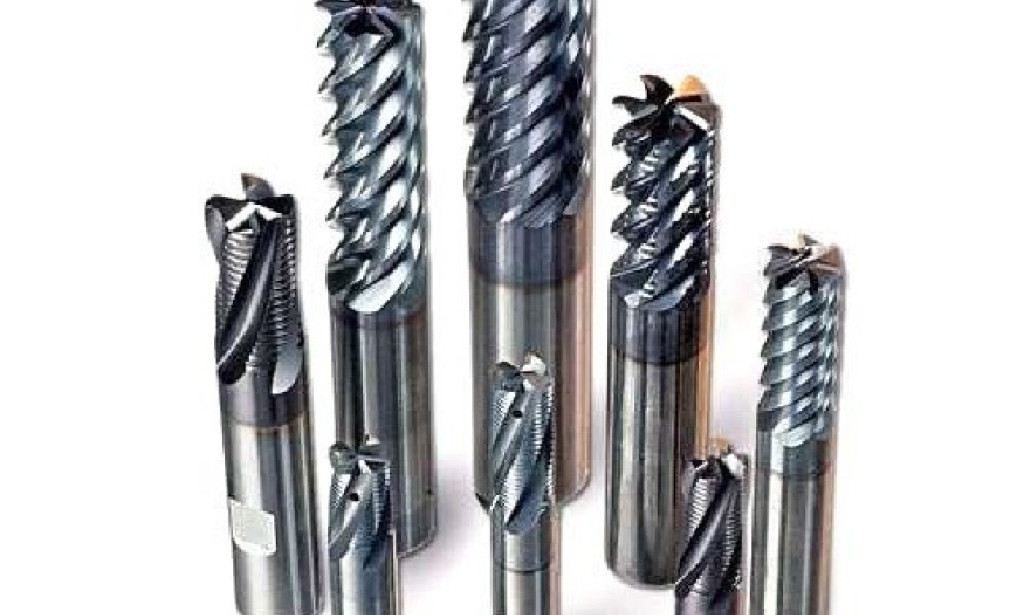During CNC machining, the workpieces are expected to achieve superior quality and work for many years without losing performance. However, cutting tools that need grinding wheels for sharpening tend to have microscopic gaps with varying degrees. As the tool cuts, the gap may expand, leaving room for accelerated tool wearing and damage. Therefore, a tool's longevity needs to be improved while ensuring it works optimally for desirable precise products. Most CNC manufacturing processes, therefore, rely on passivating carbide cutting tools. This process creates an external layer of shielding material as a micro-coating from a chemical reaction to prevent oxidation. Learn more about why CNC machining passivates carbide cutting tools.
What is Tool Passivation?
Tool passivation is the process of enhancing the life of a tool through polishing, leveling, and deburring. This single process after a grinding cycle before a coating is not generalized. However, it is primarily applied for finishing stainless steel to prevent corrosion. Carbide tool manufacturers use nitric and citric acid to eliminate the free iron on the surface. Such chemical treatment processes provide a protective oxide layer that will not react chemically with air to cause corrosion.
Why is Tool Passivation Necessary?
When using ordinary or diamond grinding wheels, there are various micro notches from chipping to saw edge on the tool being ground. As the tool cuts, the micro notch can easily expand, increasing tool damage and wearing.
Modern high-speed cutting and automatic machine tools have higher performance requirements for improved performance and stability. In addition, coated tools specifically require passivation pre-coating for sustainable firmness and longevity.
Carbide tool manufacturers use edge passivation to manage the micro notch defects on the edge of the tool post-grinding. This minimizes edge value and achieves smoothness, sharpness, and durability.
Main Effects of Tool Passivation
By rounding the cutting edge, it removes the burr of the cutting edge to achieve precise and consistent reverse circle processing. However, the cutting-edge burr leads to wearing the tool and roughening the workpiece surface.
Passivation makes the cutting edges smoother, reducing breaking edges and improving the workpiece's finished surface.
-
Polishing Treatment of Tool Grooves
All-round polishing of the tool grove can enhance the surface quality and effectiveness of row cutting. A cutting groove with a smooth surface ensures better chip removal and higher cutting speeds. In addition, by improving surface quality, the risk of material bite is minimized significantly, reducing the cutting force by around 40%.
-
Polishing the Coating
After removing the tool coating, the small droplets can significantly impact the surface finish and maximize the adsorption of oils during lubrication. In addition, after the coating process, the surface tool loses its smaller protruding droplets. As a result, it improves the roughness of the surface, making the tool easy to produce high-friction heat to reduce cutting speeds.
After polishing and passivation by Carbide tool manufacturers, they remove small droplets to create tiny holes that can absorb more cutting fluid in the machining process. This will reduce the heat generated in the cutting process to improve speeds.
Passivation of cutting tools keeps them in operation for a long time to create products that can withstand harsh environmental conditions. Nitric acid and titanium are common chemicals for passivating cutting tools to prevent exogenous materials that can react to materials.



You must be logged in to post a comment.